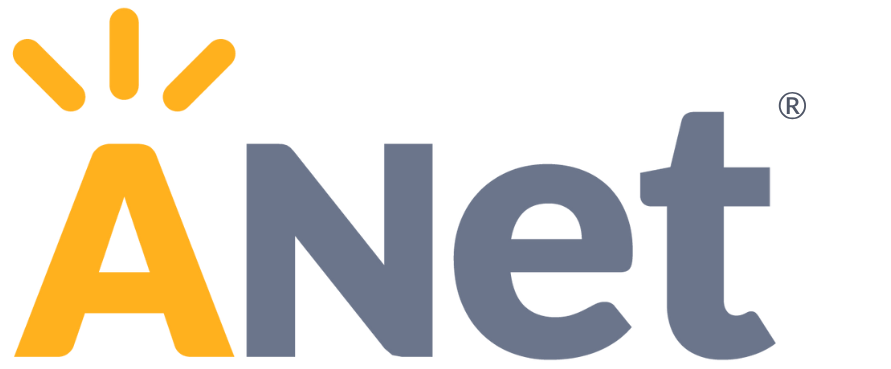By Sarah Tierney
Walking through the halls of Bruce Randolph School in Denver after the students have left, you hear teachers and leaders talking about one thing: instruction.
In a planning meeting, teachers ask, “Where do the standards come to life in this lesson or unit?” “What is the most important goal of this lesson and what will I look for to know whether my students got it?”
Down the hall, a leadership meeting revolves around questions such as, “What patterns have we noticed in teachers’ instruction in our observations? “Where have we seen the highest engagement from students and how does that relate to instruction?” “How can we better support students in meeting the standards?”

The intense focus on instruction is producing results. The school used to be rated “red”—the lowest color, meaning “on probation”—by Denver Public Schools. Last year, Bruce Randolph jumped two ratings to “yellow.” It was also their first year experiencing “green growth,” meaning students’ test scores improved rapidly compared to students across the state who started at a similar academic level.
That came one year after the leadership team experienced a wake-up call that shifted the entire school’s focus to instruction.
Instruction first; everything else second
In 2016, Bruce Randolph’s leaders and teachers experienced a moment of realization that instruction wasn’t at the level it needed it to be—and they lacked a clear plan for improvement.
Sitting around a table at with ANet coaches and partners, Principal Melissa Boyd noticed that every content team had a different priority, making it difficult to measure student growth and teacher actions. The team realized that in order to give students the instruction they need and deserve, teachers and leaders needed to work together toward a shared goal. It was the impetus for Bruce Randolph’s school-wide push to ensure every individual and team effort pointed toward improving instruction.
A clear instructional focus determines what leaders look for when they observe classrooms, what teachers wrestle with in a planning meetings, and what’s top of the agenda in leadership meetings.
“What we’re seeing in instruction is the first thing that we discuss in our weekly meetings… it’s a core piece of what we always do first. ”
But district leaders and principals aren’t the only ones focusing all their efforts on high-quality instruction; teacher leaders are playing a major role in the process of improving instruction, too.
Teacher leaders are the content experts who guide teachers, plan PD sessions, and lead data meetings. They have been critical to Bruce Randolph’s success because of their deep content knowledge and strong relationships with their teacher peers.
Teacher leaders share reflections about what they’ve observed in classrooms with administrators in order to ensure alignment. That way, the teacher experience is one of consistency in the feedback and support they receive from teacher leaders and administrators. “It sends the message that this is what we all do,” says Melissa.
Students’ day-to-day and life-long success
“You no longer hear students say, ‘I’m not good at math.’ ”
Directing teachers’ and leaders’ focus toward instruction as the top priority had a significant impact on students. “Previously, when our focus was more on behavior and class culture, we were having more behavior problems. But now that we’ve switched to a standards-based instructional model and really focused on the planning and the resources that we’re providing, it’s allowed more kids access to better instruction, which is keeping more kids in class and engaged,” says Melissa.
With increased engagement comes an increase in confidence. “You no longer hear students say, ‘I’m not good at math,’” says Melissa, “and when you walk into a classroom, you’ll see them engaging in rigorous tasks that really push them to think at a deep level.”
